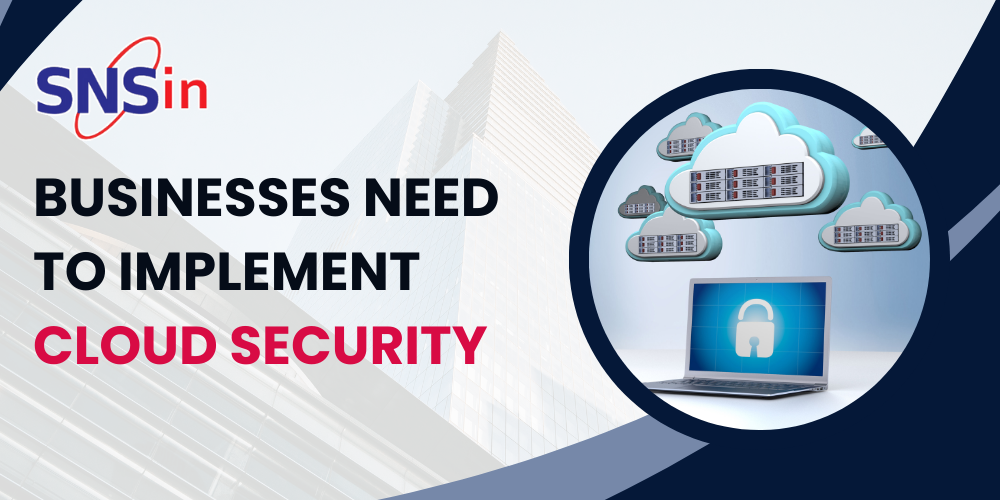Blockchain is used to securely execute financial transactions, transfer property, and store contracts without the need for third-party intermediaries like banks and governmental organizations. Data registered on the Blockchain is too complex to change or alter. Blockchain is a protocol of software but cannot be run without the internet. It comprises several parts- databases, software applications and several computers of a network.
How it works
- A computer on a particular network that wants to share data launches the same blockchain software and joins the network.
- The data are combined into blocks and authenticated.
- Every few minutes or seconds, the connected system will vote for the data in the current block and declare, “Yes, everything looks good to me” (or “No, something looks sketchy”).
- If the current block is denied, the network will decide again when the next block is sent.
- If the current block is approved and if the network agrees that the data it holds is authentic, the block is added to the entire chain of valid data blocks in the system history.
- In this way, data is “chained.” Finally, a connected chain of blocks is formed.
- The chain is saved on each computer on the network, with a cryptographic feature that makes it easy to point out if any changes have been made to previous transactions.
- The technology stores that data on the Blockchain in a ledger. This means that the entire network is checked for data integrity every time a block is added.
Types of Blockchain Networks
- Public Blockchain Network: One that anyone can participate in, like bitcoin. Drawbacks include using up significant power from the computers, no transaction privacy and poor security.
- Private Blockchain Network: This is a decentralized network, like a public blockchain network. The difference is that one organization manages the network and controls who is allowed to participate, the execution of consensus protocols, and the maintenance of shared ledgers. Private blockchains can run inside corporate firewalls and can also be hosted within premises.
- Allowed Blockchain Network: Companies that build private blockchains typically build a permission blockchain network. This helps limit participation and the kind of transactions that can be made. Participants must have an invitation or permission.
- Consortium Blockchain: Multiple organizations can share the responsibility to maintain the Blockchain. These organizations determine who can execute transactions and access data. A consortium-type blockchain is for businesses where all participants need permission and share responsibility for the Blockchain.
Blockchain Privacy and Security
Blockchain heavily relies on the chain structure and the network that maintains it.- A subsequent new block is added to the chain in a linear and time-coded manner. Since each block is connected to the previous one, any malicious actor trying to tamper with the Blockchain must decrypt the last block and rewrite the chain ahead. This is technically challenging and also economically unrealistic to execute.
- A record of the Blockchain is held by the other users in the network. To change the data in any block, many additional copies must also be changed. Destroying the networks would require substantial economic resources and planning. Therefore, changes to the ledger are almost impossible.
- Digital trust in a blockchain is established by recording information in public places. This way, even though the data is collated, it exists in a distributed state.
- The use of digital signatures is a significant element of Blockchain technology. A global peer-to-peer network can access the contents of a public ledger however, they cannot access data identifying their transactions unless they identify themselves with a key. This feature of blockchain networks allows users to generate keys but do not associate them with their identity, making their transactions more secure and safe.
- Digital keys are used to authorize transactions through the company’s hash algorithm generation. The technical and economic fool-proofing of the network makes it impossible for a hacker to decrypt a key and complete a fraudulent transaction. In addition, each block has an identifiable code to separate it from other blocks in the chain, reducing the risk of a cybercriminal infringing the data or public ledger to near zero.
Benefits of Blockchain
- Time-saving: Trading time is reduced from days to minutes. Verification of central authorities is not needed, which reduces the settlement time.
- Cost efficiency: The reduced processes reduce the amount of money required and eliminate duplication.
- Protection of data: Blockchain has a robust defence mechanism against cybercrime and scams.
Applications of Blockchain Technology
- Monetary transactions: The primary use of Blockchain is for the movement of funds between parties. Transaction verification happens at all times of the day, throughout the year; therefore, settlement takes only a few seconds (since banks are not involved).
- Supply chain monitoring: The exclusion of paper-based records allows firms to identify discrepancies in their supply chain faster than usual, thereby enforcing better quality control checks.
- Data storage: A higher level of security and integrity can be achieved by making Blockchain a data storage tool. Hacking and tampering become difficult.
Conclusion
Cybersecurity is one of the key areas where blockchain technology is expected to grow. Data tampering and breaches of other types are a constant challenge for organizations across industries and sizes. Blockchain technology can prevent tampering of data by keeping it safe and allowing participants to verify the authenticity of files. ABOUT SNS Secure Network Solutions (SNS) provides a quantifiable, risk-based approach to building a global structure of cybersecurity infrastructure based on internationally recognized frameworks and practices. We have been providing services and catering to clients across industries for the last 22 years. Write to us at [email protected] or visit us at www.snsin.com.Swathi
AuthorWorking IT professional and a Cyber Security enthusiast. Passionate to write about Cyber Security topics and Solutions. I share my insights as I study articles and trending topics in the field of Cyber Security.
![]()



